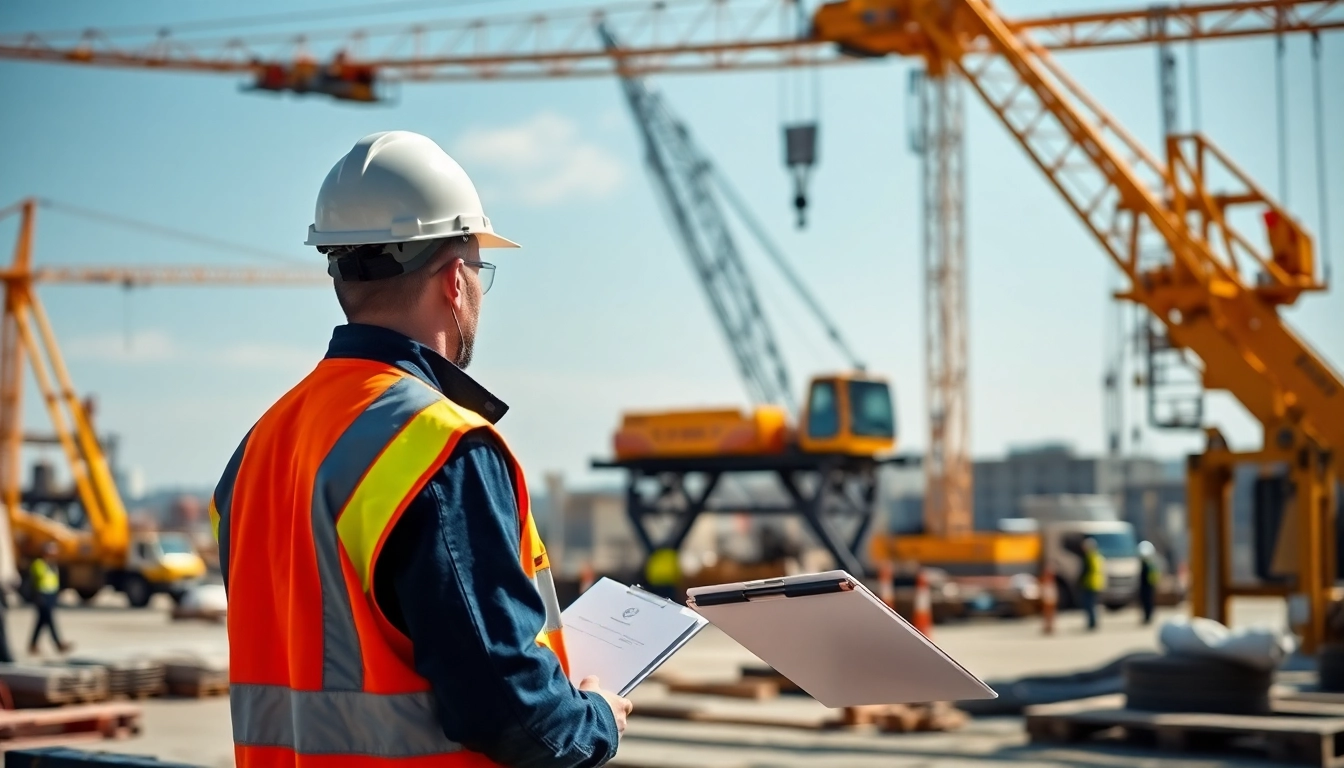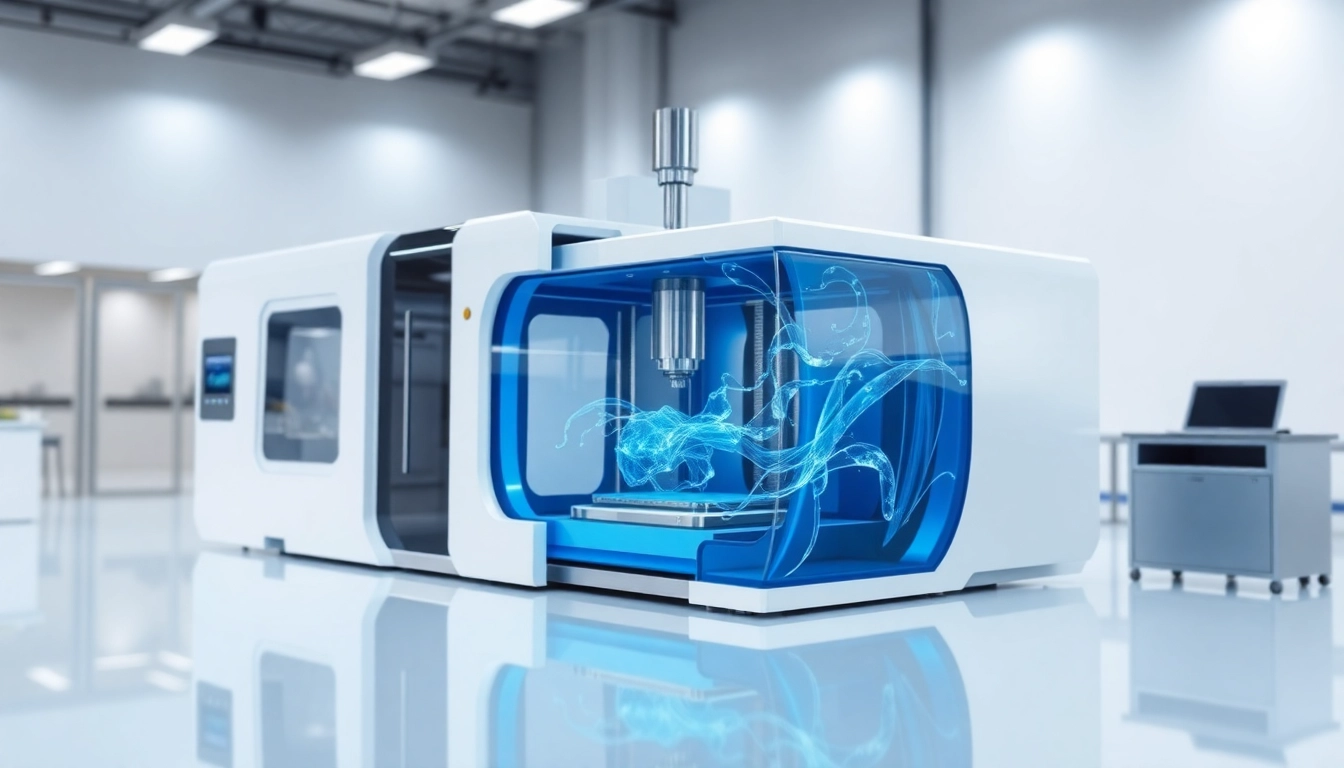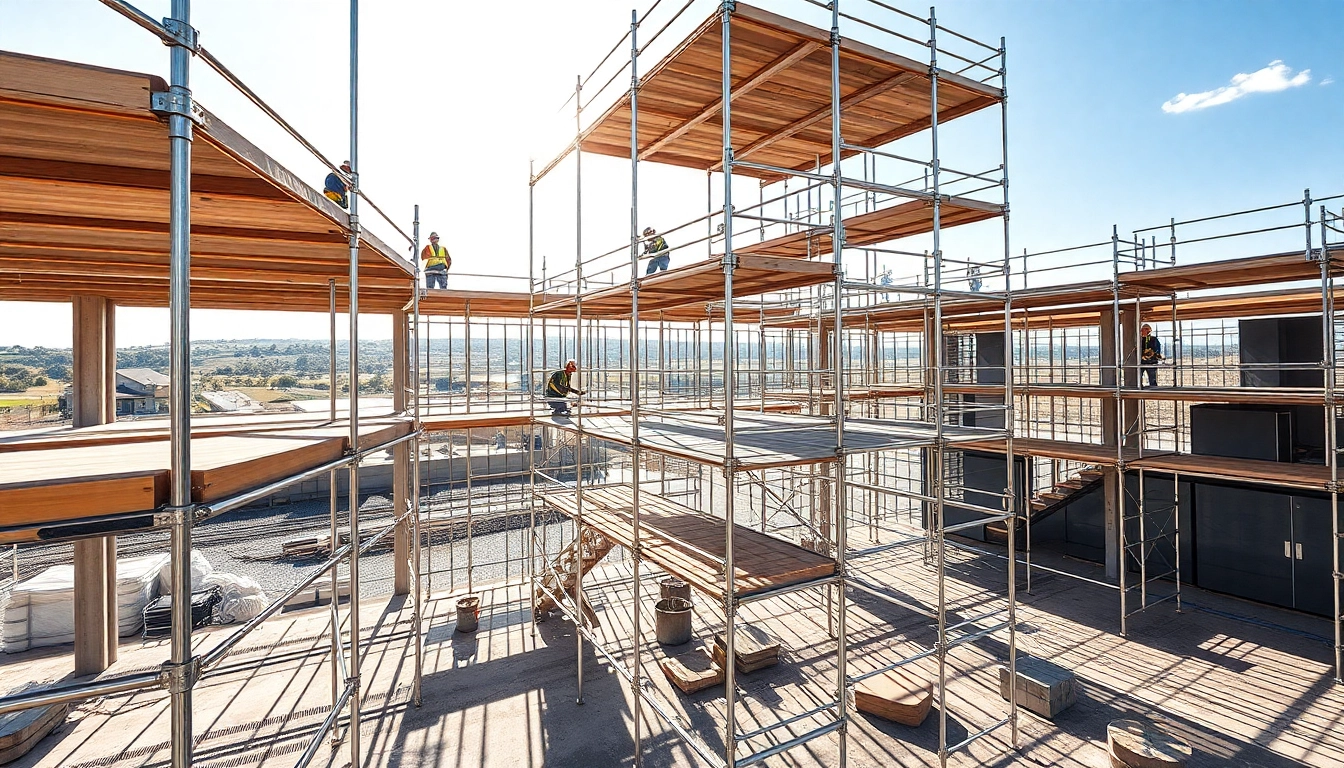Understanding Nitrogen Regulators
Nitrogen regulators are essential tools in various industries, from manufacturing to food processing. They help control the pressure of nitrogen gas delivered from cylinders or tanks, ensuring that applications are performed efficiently and safely. Understanding the fundamentals of nitrogen regulators is critical for professionals working with these devices. For more in-depth information and options available, you can explore a range of nitrogen regulator products that fit your specific requirements.
What is a Nitrogen Regulator?
A nitrogen regulator is a device that reduces the pressure of nitrogen gas from a high-pressure source, such as a gas cylinder, to a desired output pressure suitable for various applications. These devices ensure that the gas is delivered at a controlled rate and pressure, preventing damage to equipment and ensuring safe operation.
Nitrogen is widely used across different sectors, including HVAC, food and beverage industries, and scientific labs for purposes such as pressurizing systems, testing, and purging. By regulating the pressure of nitrogen gas, these regulators play a pivotal role in achieving optimal performance in their respective applications.
Key Components of Nitrogen Regulators
Understanding the key components of a nitrogen regulator can help users appreciate how these devices operate:
- Spring: The spring applies force to keep the valve closed until the desired pressure is reached.
- Diaphragm: A flexible membrane that responds to changes in pressure, allowing for adjustments in gas flow.
- Adjustable Knob: Used to set the desired outlet pressure. It allows users to fine-tune the gas flow to meet specific requirements.
- Outlet and Inlet Ports: The inlet connects to the nitrogen supply, while the outlet connects to the application or equipment requiring nitrogen.
- Gauge: A pressure gauge provides a visual reading of the outlet pressure, helping users maintain the desired setting.
Applications of Nitrogen Regulators
Nitrogen regulators have a wide array of applications across different fields:
- HVAC Systems: Used for pressure testing and purging lines to ensure system integrity.
- Food Industry: Nitrogen is deployed for pushing beverages through dispensing systems and packaging food items to prevent oxidation.
- Laboratories: In scientific research and testing, nitrogen serves as an inert gas for experiments requiring low oxygen levels.
- Welding: In some welding processes, nitrogen regulates the flow of protective gases to enhance weld quality.
Types of Nitrogen Regulators
The variety of nitrogen regulators allows for specific use cases and environments. Understanding these types can lead to better efficiency and safety in operations.
Single Stage vs. Dual Stage Nitrogen Regulators
Single stage regulators are designed to handle pressure reduction in one step. They are typically more compact and cost-effective, making them ideal for lower-pressure applications where space is a constraint.
On the other hand, dual-stage regulators reduce pressure in two steps, allowing for a more stable and consistent pressure output. These are preferred in high-precision tasks and applications where pressure fluctuations should be minimized, such as in laboratory settings.
High Pressure vs. Low Pressure Regulators
High-pressure nitrogen regulators are designed to manage high inlet pressures, commonly used in applications needing significant amounts of nitrogen gas. Meanwhile, low-pressure regulators are typically used in systems requiring lower flow rates and pressures.
The choice between high-pressure and low-pressure regulators depends on the specific requirements of the application, including the gas flow rate, pressure levels needed, and the nature of the equipment involved.
Specialty Nitrogen Regulators for Specific Industries
Certain industries necessitate specialized nitrogen regulators to meet unique requirements. For example, the brewing industry often utilizes nitrogen regulators designed for beer dispensing, where the pressure requirements can differ significantly from standard applications. Similarly, the semiconductor industry may require nitrogen regulators designed for ultra-pure applications.
These specialty regulators are often built with materials resistant to corrosion and contamination, ensuring high-quality output and compliance with stringent industry standards.
Selecting the Appropriate Nitrogen Regulator
Choosing the right nitrogen regulator is critical for operational efficiency and safety. Several factors come into play when making this decision.
Factors to Consider
- Application Requirements: Understand the specific needs of your application—pressure, flow rate, and purity requirements influence the type of regulator needed.
- Inlet and Outlet Pressure Ratings: Ensure that the regulator’s pressure ratings meet the requirements of the gas source and the application.
- Compatibility: Ensure compatibility with existing equipment, such as hoses and fittings.
- Material Construction: Choose regulators made from materials compatible with the gases being regulated to prevent corrosion and contamination issues.
Common Mistakes to Avoid
When selecting a nitrogen regulator, users frequently make mistakes that can lead to inefficiencies or safety hazards:
- Neglecting Specifications: Failing to verify the pressure and flow requirements can result in selecting an inappropriate regulator.
- Ignoring Maintenance Needs: Choosing regulators without considering maintenance can lead to unexpected failures.
- Overlooking Safety Ratings: Always ensure that the regulator meets the necessary safety certifications for the intended use.
Comparison of Leading Brands
Several reputable brands manufacture nitrogen regulators known for their reliability and performance. While specific preferences may vary, a comparison of the following brands can be useful:
- Victor: Known for durable and precise nitrogen regulators suitable for welding and industrial applications.
- Smith: Offers various regulators that combine high performance with versatility for many applications.
- Uniweld: Specializes in regulators designed for refrigeration and HVAC applications.
Installation and Maintenance of Nitrogen Regulators
Proper installation and maintenance are crucial for ensuring the longevity and effectiveness of nitrogen regulators. This section outlines important steps and tips.
Step-by-Step Installation Guide
Installing a nitrogen regulator involves several key steps:
- Preparation: Ensure you have all necessary tools and equipment on hand, including wrenches and thread sealants if required.
- Shut Off the Gas: Ensure that the nitrogen gas source is turned off before beginning installation.
- Attach the Regulator: Securely attach the regulator to the nitrogen cylinder or source, ensuring that the threads are properly aligned to prevent leaks.
- Connect Outlet Lines: Connect the outlet side of the regulator to the application, checking that the connections are tight and leak-proof.
- Testing: Turn on the gas at a low pressure first and test for leaks around all connections before adjusting to the desired pressure setting.
Essential Maintenance Tips
Maintenance is vital for ensuring optimal performance of nitrogen regulators:
- Regular Inspections: Periodically inspect regulators for signs of wear, leaks, or corrosion.
- Cleaning: Keep the regulator clean and free from debris. Use appropriate solvents that do not damage the materials.
- Pressure Settings: Regularly verify pressure settings and adjust as necessary to maintain operational efficiency.
Common Troubleshooting Issues
Users may encounter several common issues with nitrogen regulators, including:
- Pressure Drop: This may indicate a blockage or an issue with the servicing of the regulator.
- Oscillating Pressure: Fluctuations in pressure may result from incorrect installation or a malfunctioning spring.
- Leaking Connections: Regularly check and tighten all connections to prevent leaks, which can affect performance and safety.
Safety Practices When Using Nitrogen Regulators
Safety is paramount when handling nitrogen gas, and understanding the associated risks is crucial for preventing accidents and ensuring safe operation.
Understanding Pressure Ratings
Every nitrogen regulator comes with specific pressure ratings; it’s vital to understand them to avoid equipment failure or accidents. The maximum inlet and outlet pressures should always be respected and never exceeded to ensure safe operation.
Safe Handling and Storage of Nitrogen Cylinders
Proper handling and storage of nitrogen cylinders are fundamental:
- Storage: Store cylinders upright and secured in a rack, away from heat sources.
- Transport: Always move cylinders using a suitable trolley, never dragging them across the ground.
- Marking: Clearly mark any location storing cylinders to indicate the presence of compressed gases.
Emergency Procedures and Best Practices
Being prepared for emergencies is essential. Users should be familiar with the following procedures:
- Evacuation Plan: Have a clear plan for evacuation in case of gas leaks or other incidents.
- Emergency Shutoff: Know how to quickly shut off the nitrogen supply in an emergency.
- Training: Regularly train personnel on safety practices and emergency response related to nitrogen usage and handling.



